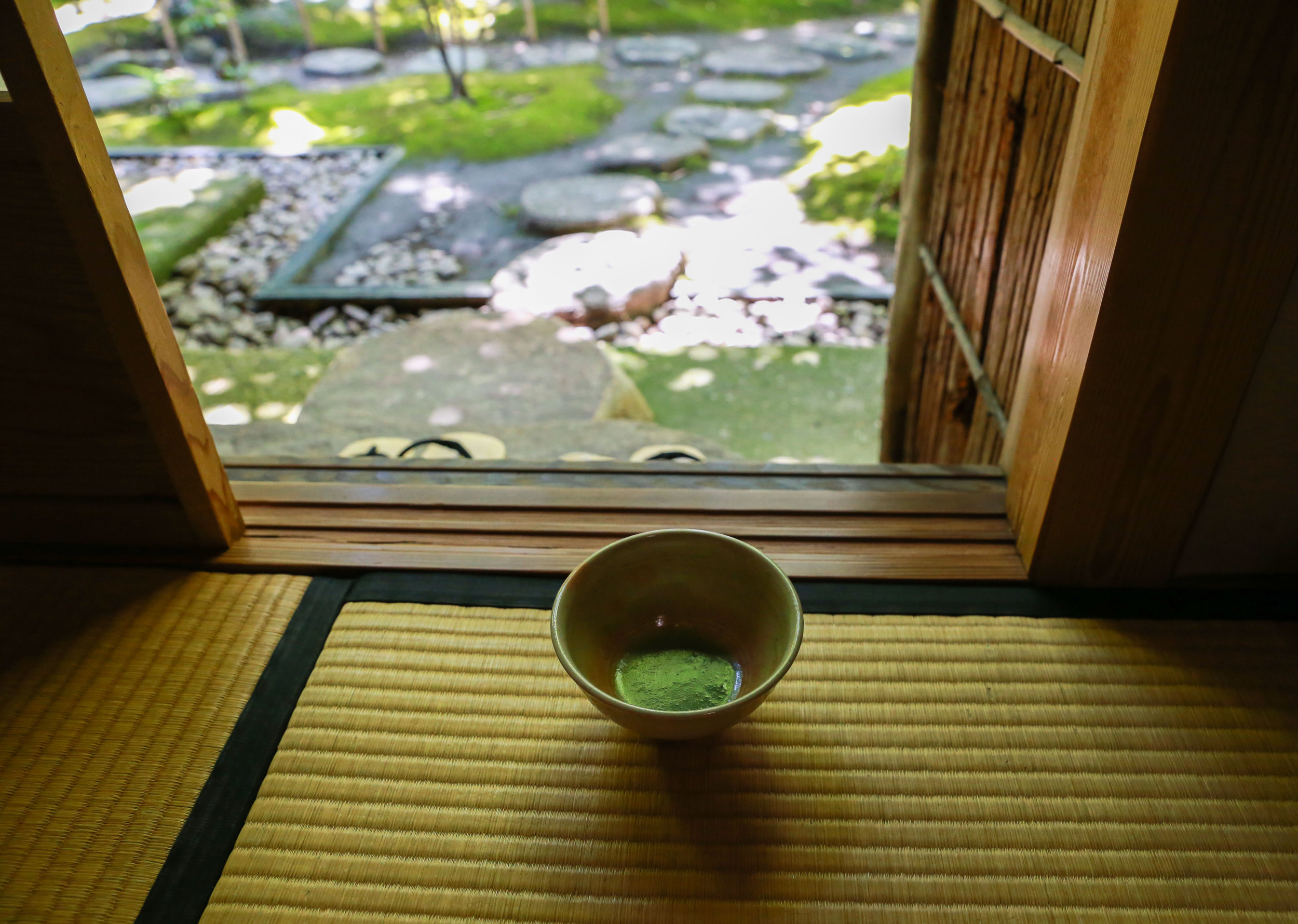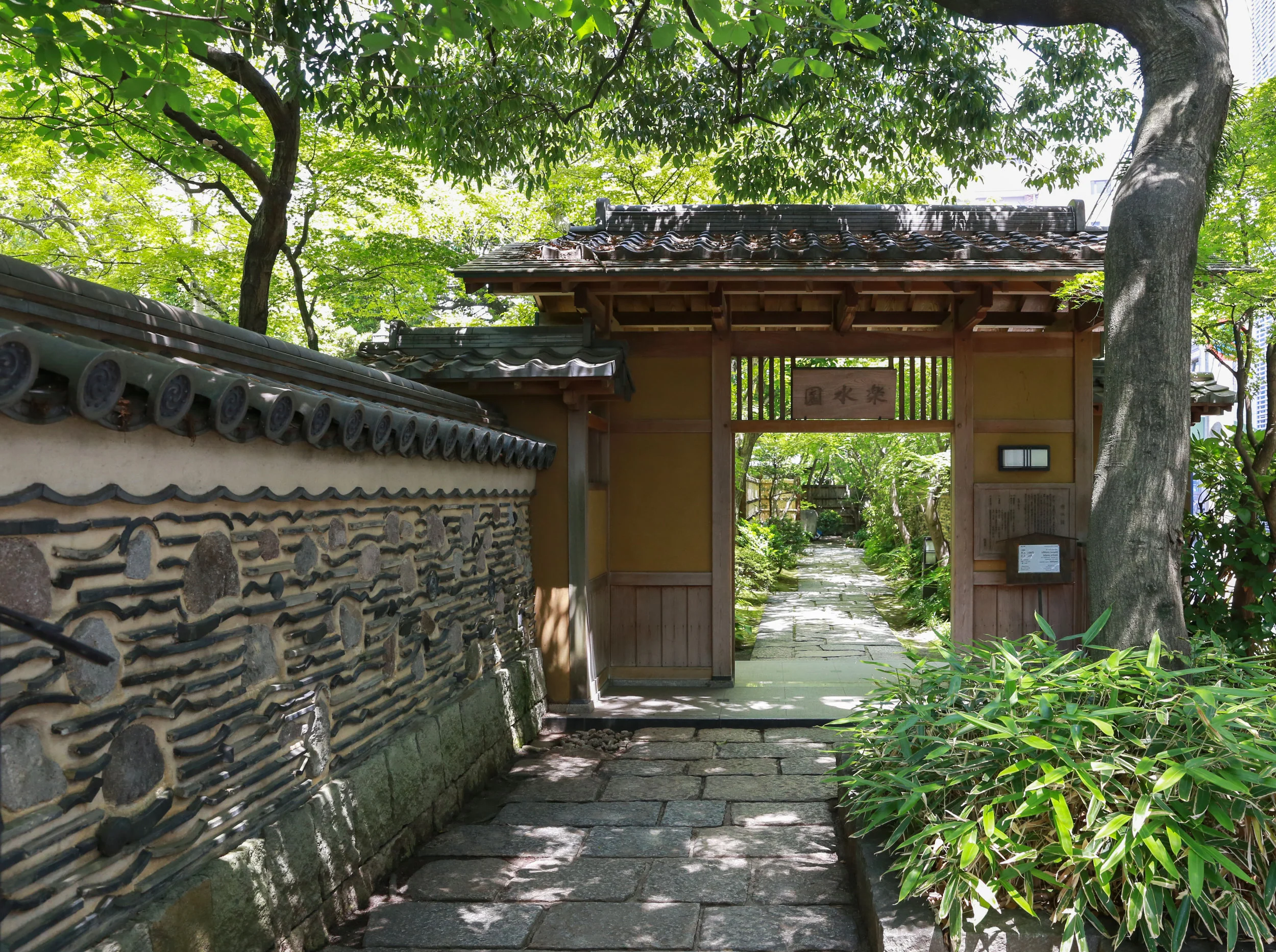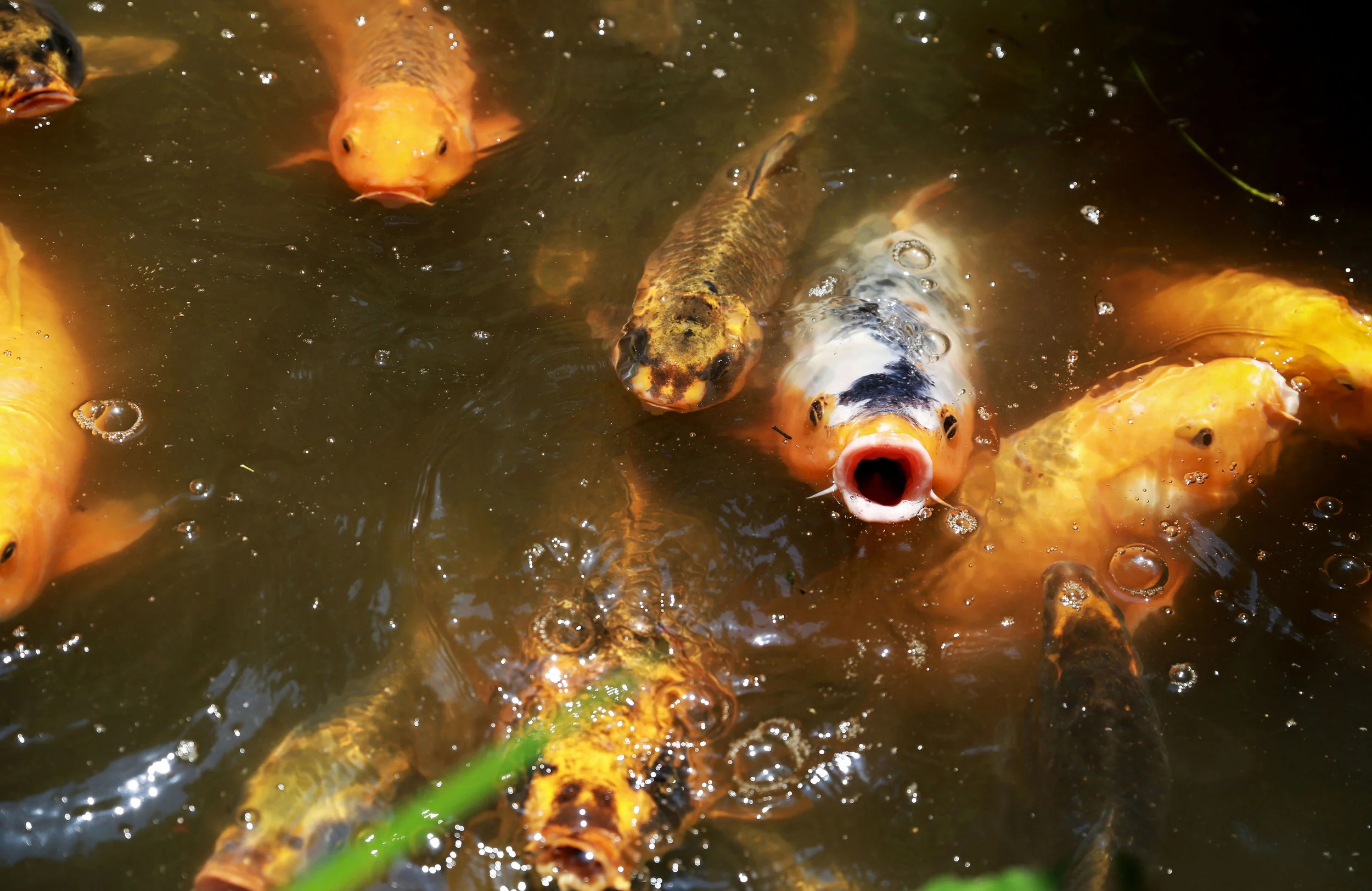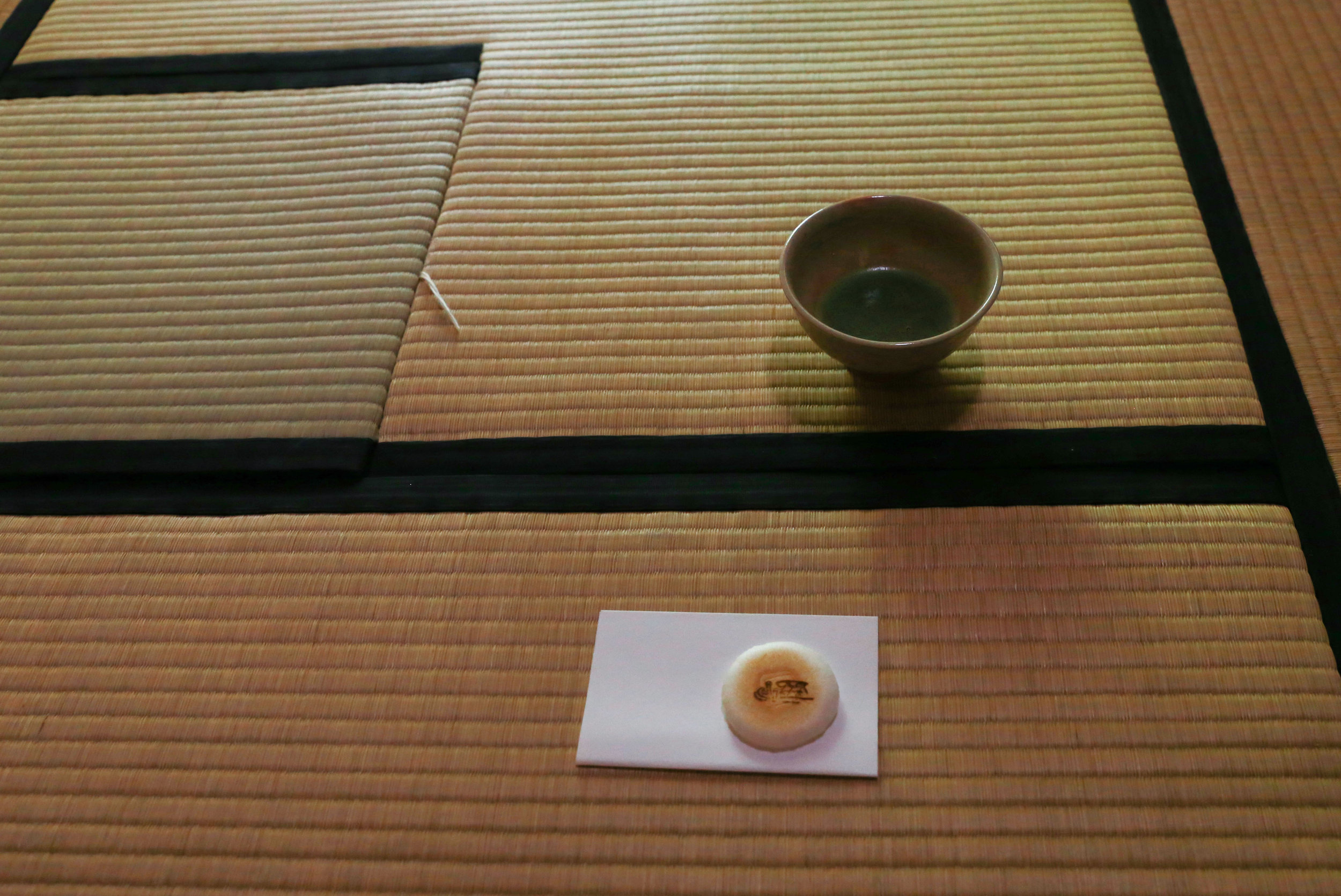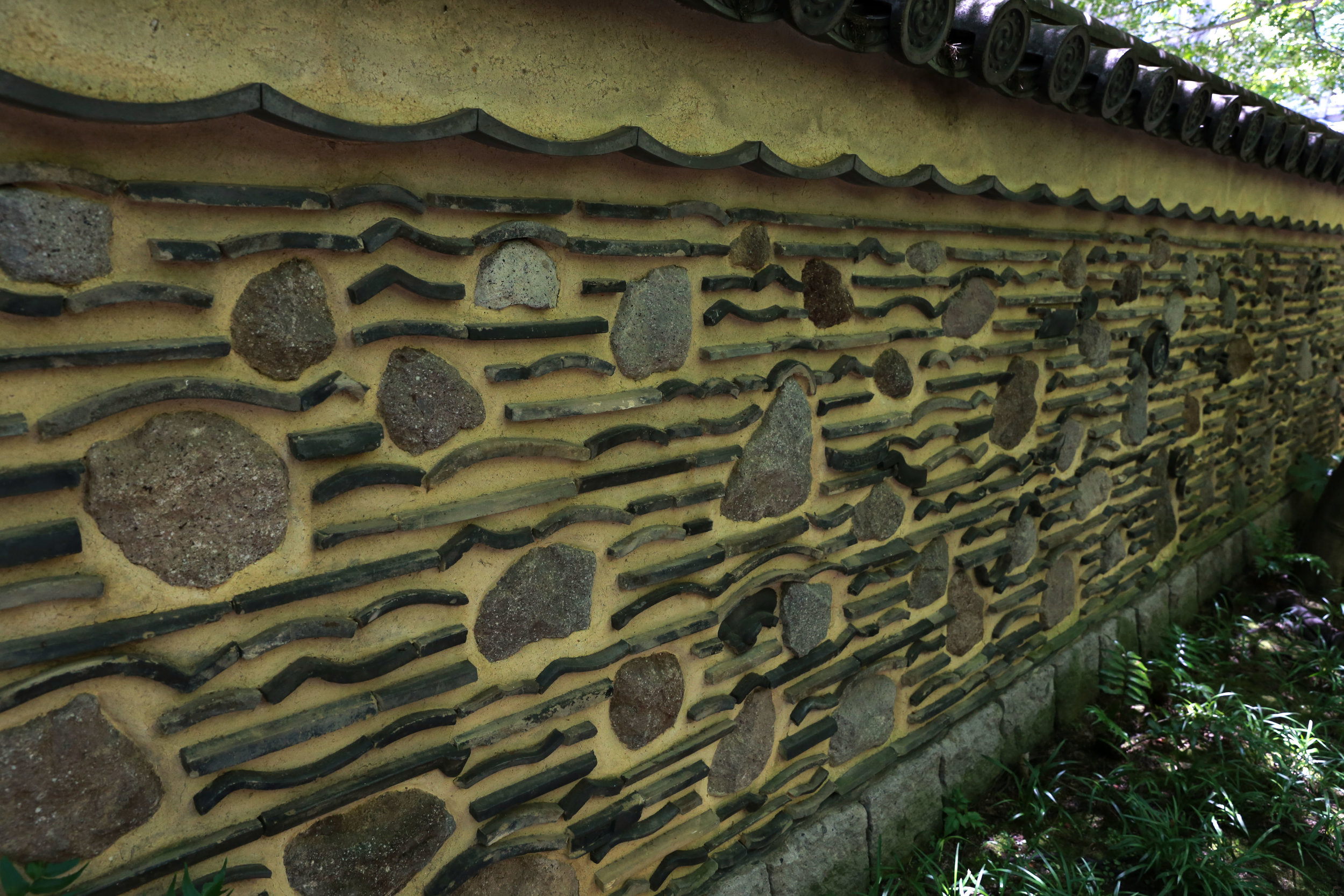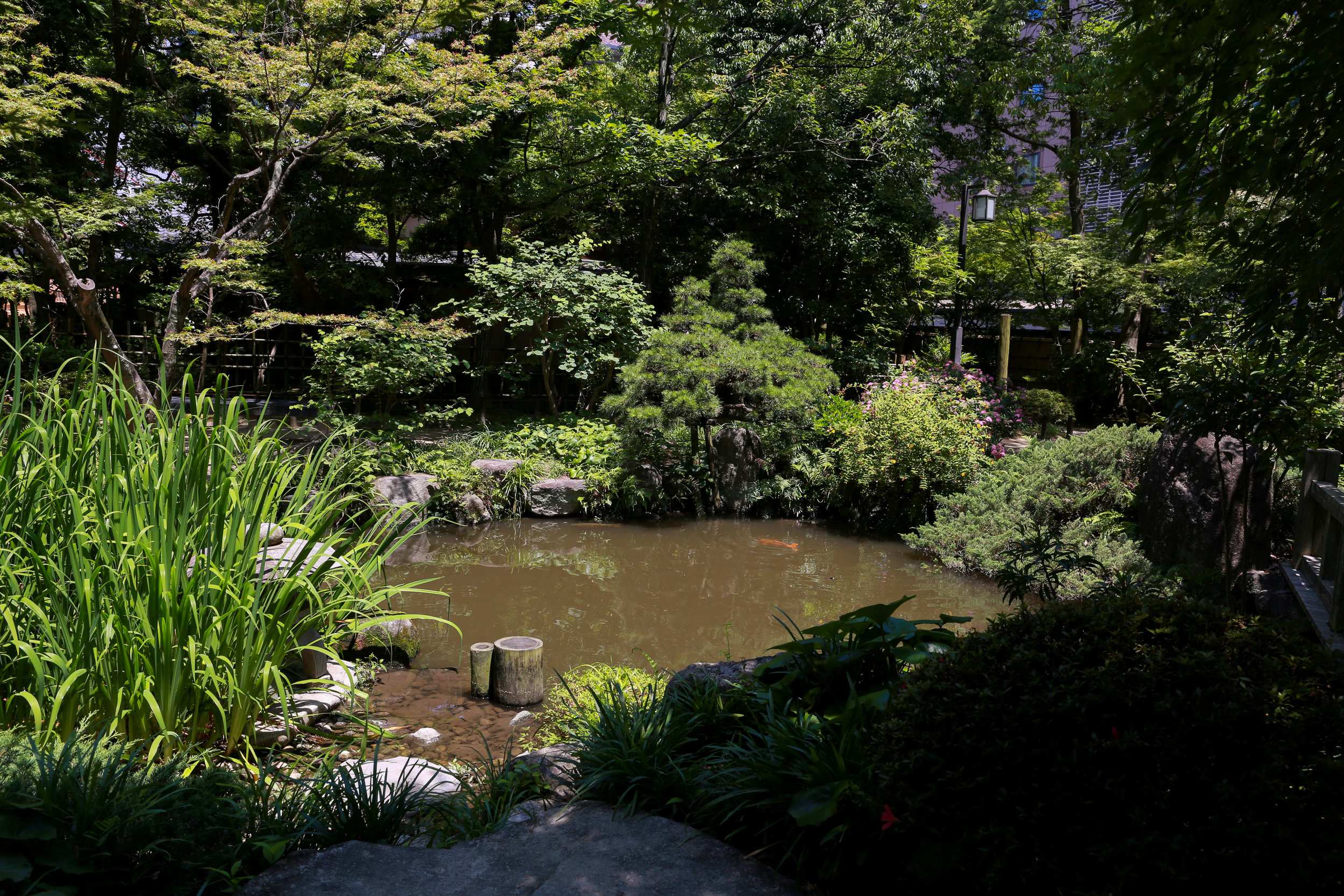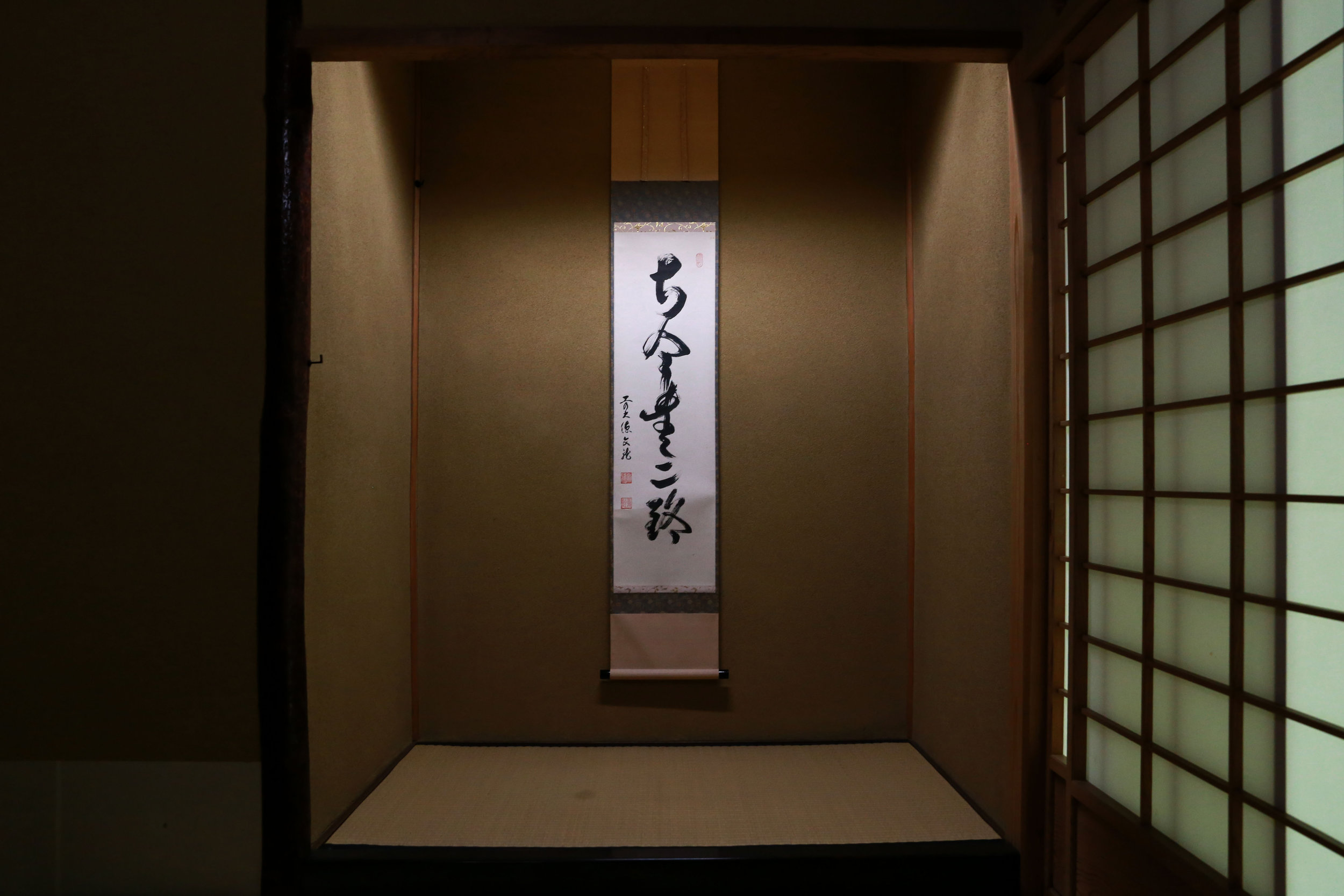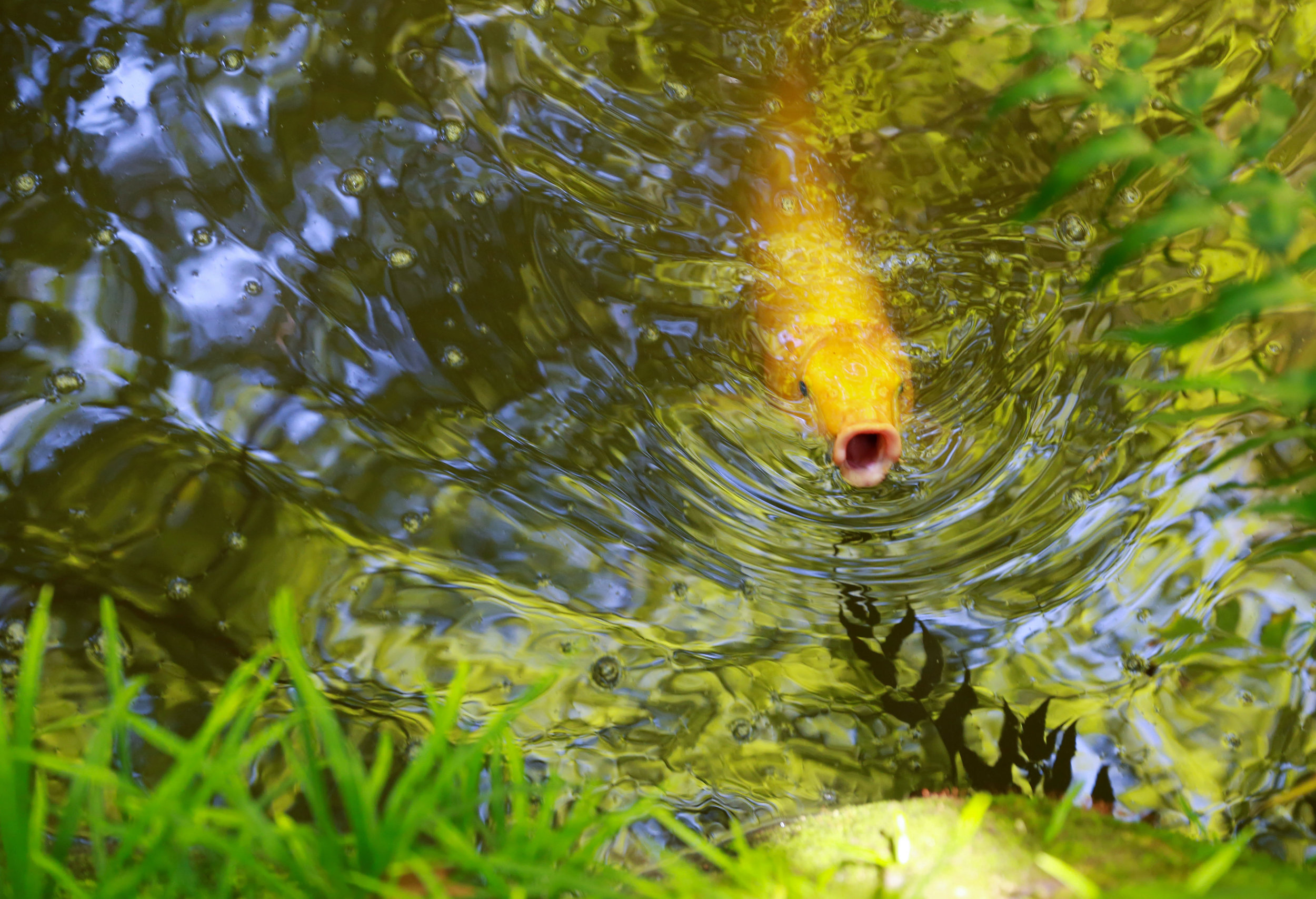Blog - Japan Study Abroad
Blog 1: Japanese culture vs American culture
If America is loud and individualistic then Japan is the quiet and organized cousin.
In juxtaposition to American society, the Japanese are very orderly and neat. Everything has its place from where people walk on the streets to the trash people throw away. For example, sidewalks are often divided by a yellow line that separates coming and going pedestrians. Some sidewalks are even divided further into walking and biking lanes.
Trash in Japan is sorted precisley into combustible, incombustible, oversized garbage, and bottles and cans. The Japanese have strict sorting procedures and trash pick-up dates. Trash that is improperly sorted can be rejected and given back therefore leaving the person with an extra amount of trash until the next pick-up date. This was initially quite the culture shock for me as someone who doesn't really think twice about what I throw away on a daily basis.
Queuing up in Japan is also big. When waiting for the subway train, Japanese line up into two lines in front of the train entrance gates. Larger stations sometimes have directions on the floor to direct people into their proper line. Japanese also line up on the left side of escalators in places with heavy traffic. This allows for people who wish to walk up the escalator to walk up on the right side. Convenience stores and bakeries also often have signs pointing to where people need to line up and wait.
I think for Americans who value individualism these kinds of structured and orderly activities may be shocking. When I first got to Japan, I kept thinking these people act all very assimilated and almost brainwashed. Although the longer I've been here, the more I've come to understand why Japanese citizens like it this way. It's like wearing a uniform in school: when everyone does the same thing, it becomes easier and the norm. Therefore, I think I'm slowly starting to understand a bit more the differences in our cultures.
Blog 2: Destination: Momochi Seaside Park
Last Sunday, a group of 12 students (including myself), decided to go to Momochi Seaside Park in Momochihama, Fukuoka.
Momochi Seaside Park is a man-made beach in Fukuoka with several restaurants, shops, and attractions. After moving from Tokyo to Fukuoka the previous day, a good majority of the group wanted to take time to relax at the beach.
We got to the beach around five in the afternoon when the sun was just starting to set but there was still an ample amount of people around. The group split off and I headed down to the water with a couple of people while others looked for dinner in the nearby stalls.
We found out pretty quickly that the culture of beaches in Japan is different then in America. A lot of Japanese people show up fully clothed and sit around, talking and hanging out. There was barely anyone in the water and very few in full bathing suits. A lot of Japanese women carried around mini tripods and took pictures of themselves and their friends on the sand. It wasn't like in America where you see people sprawled out, sunbathing on towels. The beach seemed to be more of a social gathering place then a place to swim and tan.
Our group had a lot of fun and ate really well. There was a group of local high school boys that ran over and took photos with us. They seemed to do it out of being dared by their friends but it was funny regardless.
Although we all came in full bathing suits, none of us ventured too far into the water. There was groups of jellyfish that were being washed ashore and none of us wanted to get too close. The group mainly ate, drank, and socialized for the majority of the night.
My favorite interaction of the night would be that a Japanese couple came and added shells to a seashell heart one of our group members made in the sand. The girl said "kawaii," dropped some shells in the heart outline, and left. I thought that was really sweet.
Blog 3: Japanese media vs. American media
Since I've been in Japan for a couple of weeks now, I've noticed some key differences in the Japanese mass media landscape as compared to the American model.
While in America I often have to elbow through people to get information, the Japanese are significantly less aggressive. Many of the newspapers we visited said reporters often evade upfront controversy. For example, during press conferences reporters sit and listen all the way through instead of raising their hands to ask questions. Instead, they look to ambush the speaker after the conference and ask their question in private.
Japanese media also disseminate and cultivate information through a press club system. This is a unique media model where newspapers, TV networks, and media outlets can gain connections if aloud in. Press clubs have a reputation of being exclusive and often bar freelancers, foreign media, and online-only publications from access. While Japan constitutionally has a "free press," the press club system's exclusionary practices can stir debate.
The way media companies and businesses in general work in Japan is also different from America. Japanese companies are expect long-term employment out of their employees versus America where seasonal and part-time work is normal. Japanese companies look for recruits they can mold rather then people who specialize in a certain field. Many people who enter media companies have never studied in a journalism-related field. It is expected that the company will teach the recruits all they need to know as long as they are willing to work. Since this is still workplace culture in Japan, it is a faux pas to switch companies or seek new employment.
While Americans and Japanese both have "freedom of the press," it is plain to see that Japanese media is still more restricted than American media. A culture of press clubs and less confrontational reporters leads to less information to go around that ultimately impacts the Japanese public.
Blog 4: Destination: Kyoto
While Kyoto was the most tourist-y place I have visited thus far, it is probably going to end up being my favorite.
The first day we went to the "Kinkaku-ji" or the "Temple of the Golden Pavilion" which is a famous Buddhist temple in Kyoto. It is completely covered in gold leaf, surrounded by nature and is one of the most popular tourist spots in Kyoto. While it was really crowed it is still one of my favorite places we visited. Walking the route around the shrine with my classmates was really fun and very scenic.
The following day we then went to "Fushimi Inari Taisha," or "Temple of a thousand gates." The "Fushimi Inari Taisha," is the head shrine of the god Inari who is the god of foxes, business, agriculture, rice, sake, and general prosperity. The shrine is at the base of a mountain, 233 meters above sea level which includes steeper trails up to smaller shrines. The walk can take around two hours to complete and the trails are framed by around 10,000 torii gates donated by Japanese businesses. The shrine is also littered with fox statues as they are seen as the god's messengers. While I did not make the 2.5 mile trek up the mountain, I did climb up half way with a couple classmates. Once at the base of the mountain theres a small village of souvenir shops, street vendors, and restaurants. It almost seemed like a festival was going on by how busy it was but it was just a regular Saturday. If you go I recommend getting the street corn or fried chicken if you don't mind waiting in line for a bit.
After that the group then moved to see Iwatayama Monkey Park, a park in Kyoto that houses 170 macaque monkeys. At first the whole group was in shock because you have to walk up a mountain to get to the actual park. We were all already```` exhausted because we had finished hiking around the Fushimi Inari and now we all had to hike up another mountain. I was in a lot of pain to say the least. The second shock came when I saw that all the monkeys were roaming around freely and not in any sort of confinement. American zoo's keep animals at a distance from visitors and often have them behind glass walls or fences. This was not the case here as several sat down at visitors feet. You had to be very careful not to get too close or step on the monkeys. Otherwise it was really cool to interact with animals in a different way then I typically do in America. I also ended up laughing at my roommate because she was afraid of the monkeys and would get skittish every time they got near her.
Overall Kyoto was beautiful and a must-see for anyone traveling to Japan. While it's one of the more tourist-like places I've visited so far, the architecture, nature, and attractions of Kyoto make the stay worthwhile.
Blog 5: Adjusting to life in Japan
The longer I've come to live in Japan the more differences I see from American culture. While some things are much more convenient here than in America, there are some things that are not.
One of my favorite things about Japan is that unlike Texas, everything is in walking distance. Most people either walk, take the subway, or bike. When talking to Japanese students, I have learned barely any have driver's licenses even though they are all of age. I can walk five minutes and find everything I need at a convenience store unlike America where I would have to drive. So it makes sense that not many students know how to drive.
Also, convenience stores in Japan are different from ones attached to gas stations in America. While the food in gas station convenience stores often lay out for a long time and are junk food, convenience store food in Japan is fresh and has healthier options. Everything is also much cheaper and usually under five dollars.
Another difference is the scarcity of trash cans in Japan. In America they are everywhere- schools, restaurants, even on street corners. I find myself carrying trash in my backpack for hours until I find a proper trash can. By "proper" trash can I mean because of the strict sorting laws in Japan, many outdoor trash cans do not take food waste. Most of these trash cans only take plastic bottles and are situated next to vending machines. Therefore I find myself lugging around my pastry wrappers from morning until evening.
Differences in food that I dislike are everything in Japan is slightly sweet. Even chips that claim to be spicy have a slight sweetness to them. In fact, the off-brand Cheetos I had for a snack today were slightly sweet and it weirded me out. Coming from Texas, I miss spice in my food for sure. There is also a huge matcha green tea trend in Japan right now. Everything is green tea flavored: bread, sweets, drinks. I'm constantly surprised by the amount of things Japanese put matcha in. I can't tell you how many times I've seen match ice cream advertised either.
While there is a lot of new things to adjust to in Japan, I'm slowly learning to cope. Learning the cultural differences and how to adapt has truly been unique and I'm grateful that I'm able to experience these things.
Blog 6: Destination: Hiroshima
As an American I was actually very nervous to visit Hiroshima. America caused the people of Hiroshima great pain and devestation during the second world war. However I still wanted to go and see everything with my own eyes so I went to Hiroshima, Japan last weekend to visit the Peace Memorial Museum and the surrounding monuments, memorials, and park.
I think it's important to say first that I did not learn much about the bombing of Hiroshima in my schooling. Wether it was due to censoring or lack of content, I never knew much of what happened. While I understand it is a very polarizing thing to talk about for Americans, I wish we taught it more in our public schooling. It is a part of our history that we dropped a bomb on Hiroshima and Nagasaki, killing hundreds of thousands of people. It is not something that should simply be skimmed over in our history books.
The most difficult portion of the trip was walking through the Peace Memorial Museum, particularly the first floor. There was an exhibit dedicated to school children who died and their last belongings which were donated by their relatives. It was all very raw and heartbreaking. Many of the children who did not die instantly from the blast withstood hours of pain until they finally passed on. Stories of these kids coming home after the bombing, gasping for water, skin peeling off their bodies like rags, only for them to die hours later in the arms of their families. Many of the items donated were children's clothing reduced to bits of scorched cloth. Some accounts of relatives only being able to identify their children by their belongings due to the drastic burns and injuries induced by the bomb.
The bomb killed indiscriminately- we need to remember that. Innocent civilians died, women died, children died. While we can not erase the past, we can continue to try and educate ourselves and learn from it. There should be no more Hiroshima's, no more Nagasaki's, no more nuclear war games. As the Peace Memorial Museum advocates, there should just be peace.
Blog 7: Lasting aspects of Japanese media in my mind
These past four weeks in Japan have been so educating in terms of the differences between the Japanese media model and the American media model.
One of the most lasting aspects left in my mind about Japanese media is that legacy media is still at the forefront and thriving. While many legacy media outlets in America are having lay-offs and pay cuts, Japanese legacy media is still widely read and subscribed too. You still see people in Japan read the physical version of the newspaper as opposed to how Americans consume news mostly online. The trust in these media outlets in Japan is also higher than in America which helps contribute to their continued viewership. Japan does not have a "war on media," as we do in the U.S. right now. While there is always questioning, their prime minister does not put down legacy media outlets at every turn like our president does. Therefore you still see people reading papers and watching news broadcasts daily through these legacy media outlets.
Another lasting aspect I learned about Japanese media is the way "freedom of the press," is perceived. I've written in a previous blog about how even though "freedom of the press" is in the Japanese constitution, there are still certain limitations on the press in Japanese society. The press club system limits resources and information to those excluded often leaving out freelancers, online-only publications, etc. Information for journalists is more wide-spread and can be accessed easier as opposed to journalists going through the press club system in Japan. Societal pressure also makes journalists less aggressive and less likely to cover controversial topics in Japan. These are examples of how the press is still less "free" in Japan then it is in America. Therefore I will be leaving Japan with more of an appreciation for the free press we have in America.
After leaving Japan I think knowing these differences will allow me to better understand other countries media laws and models as well. I understand that the European media model is also quite different from the American model so I'd like to eventually compare and contrast their differences with Japan's as well.
Blog 8: Studying abroad, immigration, and language barriers
The first week we were in Fukuoka, Dr. Fuse had every student use class time to walk around campus and try to find a Japanese student to communicate with. No translating apps, technology, or outside help allowed.
When I tell you some students had a heart-attack, I'm not joking. All of my classmates were scared and nervous. I equated it at the time to Dr. Fuse being the dad that throws his kid into a pool and says, "swim." We did this same exercise several times through out our stay in Fukuoka. Now I'll be the first to admit it was my least favorite activity we did during class. I got anxious and insecure during the whole assignment. I'm in a country of non-english speakers trying to communicate in my non-existent Japanese skills.
However stepping back, this made me think a lot about how other foreigners in new countries communicate. As a white, english-speaking woman, I have never had a problem navigating America or the part of Texas that I live in. However foreigners or new immigrants in the U.S. could be feeling the same anxiety that I felt trying to communicate in Japan.
For example, in America I often hear people scoffing, "Oh just learn english," to newly immigrated Americans as a way to demean their social skills. I promise you it is not that easy to learn a whole new language apart from your mother tongue. Most of us do not go into foreign countries knowing their whole language the minute we step in. To expect new immigrants to learn english automatically upon entry into the U.S. is unrealistic and almost xenophobic in my opinion. While I think it is a good thing to learn if you were to immigrate, I do not think other Americans should be quick to judge if they do not speak the language.
This study abroad experience has not only allowed me to learn about foreign journalism but also allowed me to think more clearly on a topic hotly discussed in America right now. I will be even more considerate of foreign-language speakers in the future thanks to this experience.
Blog 9: Last thoughts on Japan
As cliche as it sounds, if you have the opportunity to study abroad- do it. It will open you up to a whole new culture and way of living.
This experience in Japan has made me think that we need to be kinder to one another. As Americans, we're in an era of constant bickering and shouting at each other over the internet. No one takes the time to properly talk and try to find middle ground anymore. Everything is so polarized now that no one gives a second thought to others opinions. It is constant people-bashing over the web, almost like it's a mob mentality.
However, in Japan everyone is generally considerate and polite. I have not been outwardly shunned by my Japanese classmates just because I look different or speak a different language. In fact, most people I've encountered try their best to communicate and help despite not knowing what I'm saying. I've also noticed that Japanese people move lost items to high places that way when the person who lost it comes back, it is easy to see. For example, tying a lost bus pass or clothing item high up on a bush at parks or crowded, tourist spots. I think we need to learn from this general kindness.
I've also learned that we need to value our time with each other more. Japanese people really seem to care about their interactions with others. We were taught the phrase "ichigo, ichie," which means "one time, one meeting," or "once in a lifetime." It is a phrase that stems from the Japanese tea ceremony and is a reminder to treasure one's meetings because they will never happen again.
I found this particular phrase very touching and I will now use it as a reminder to not take for granted the people I have around me. I think we all need to slow down and be grateful for the people in our lives. We only have one life to live and time spent with others is fleeting. I will remember "ichigo, ichie," from now on and try to treasure my interactions more.
Blog 10: Tea Ceremony Photo Series
